The integration of automated control systems into mining mechanical engineering has fundamentally altered design verification, performance monitoring, and maintenance strategies. As mining operations demand higher throughput with reduced downtime, automation technologies—from real-time sensor networks to automated inspection protocols—have become critical infrastructure rather than optional enhancements.
Why Mining Engineers Are Implementing Automated Systems
Mining mechanical systems face unique challenges: high cyclic loads, abrasive material handling, corrosive environments, and remote operational sites. Traditional time-based maintenance schedules often result in either premature component replacement or unexpected failures.
Automated monitoring and inspection systems address these limitations through:
· Continuous condition assessment without production interruption
· Objective measurement data eliminating operator variability
· Early anomaly detection before performance degradation
· Integration with engineering analysis tools (FEA, fatigue life calculations)
· Automated documentation for regulatory compliance and failure investigation
The fundamental advantage lies in transitioning from scheduled maintenance to condition-based maintenance grounded in quantitative engineering data (Jardine et al., 2006).
Key Applications of Automation in Mining Mechanical Systems
1. Structural Health Monitoring
Automated strain device networks and accelerometer arrays provide continuous monitoring of critical load-bearing structures:
· Dragline booms and gantries under cyclic loading
· Haul truck frames experiencing variable payload conditions
· Conveyor support structures with dynamic loading from material flow
· Hoisting systems subjected to fatigue-critical duty cycles
Data acquisition systems sampling at 1-10 kHz enable frequency-domain analysis to detect natural frequency shifts indicative of structural degradation or crack propagation (Farrar & Worden, 2007).
2. Rotating Equipment Diagnostics
Automated vibration monitoring systems deployed on crushers, mills, fans, and pumps utilize pattern recognition algorithms to identify:
· Bearing outer race defects (specific fault frequencies: BPFO = n × RPM × Z/2)
· Gear mesh anomalies (tooth wear, misalignment, backlash variations)
· Unbalance conditions from rotor wear or material buildup
· Resonance conditions approaching critical speeds
Integration with lubrication monitoring systems (oil debris sensors, temperature probes) provides multi-parameter fault detection (Mobley, 2002).
3. Dimensional Verification and Wear Tracking
Automated metrology systems eliminate manual measurement uncertainty:
· Laser scanning of crusher liners: Quantifying wear rates and predicting replacement intervals based on remaining material thickness
· Photogrammetry of conveyor idlers: Detecting misalignment and eccentric wear patterns
· Coordinate measurement of machined components: Statistical process control ensuring dimensional tolerances on critical interfaces (bearing bores, shaft journals, mounting surfaces)
Automated dimensional tracking generates time-series data enabling wear rate modeling and remaining life calculations based on actual degradation rather than assumed service factors.
4. Non-Destructive Testing Integration
Automated NDT systems provide continuous or periodic inspection without disassembly:
· Ultrasonic thickness monitoring on pressure vessels, hydraulic cylinders, and structural members in corrosive environments
· Eddy current testing for surface crack detection in high-cycle fatigue areas (hoist ropes, fasteners, shaft keyways)
· Thermographic inspection identifying thermal anomalies in electrical systems, bearings, and refractory linings
· Acoustic emission monitoring for real-time crack growth detection in structural welds
Automated data logging creates inspection records for regulatory reporting and failure investigation (Cartz, 1995).
5. Hydraulic System Monitoring
Mining equipment hydraulics operate at 3,000-5,000 psi with contamination from environmental dust and internal wear debris. Automated monitoring systems track:
· Fluid contamination levels: Particle counters (ISO 4406 classification) detecting abnormal wear rates
· Pressure transients: High-speed data acquisition identifying cavitation, valve surge, or actuator loading
· Temperature profiling: RTD networks detecting inefficient heat rejection or flow restrictions
· Flow measurement: Identifying internal leakage or pump degradation
Automated alert systems trigger maintenance interventions based on predefined thresholds before catastrophic failure.
Real-World Implementation: Automated Fatigue Life Assessment
Consider a mine site operating ten haul trucks with instrumented suspension systems. Each truck generates continuous strain data from multiple load cells and accelerometers during operation.
Manual approach limitations:
· Engineers periodically download data and process in spreadsheet software
· Fatigue damage calculations performed on sample datasets
· Analysis delayed by weeks, missing early failure indicators
Automated system capabilities:
· Real-time rainflow counting algorithms calculate fatigue damage accumulation
· Cloud-based processing compares actual load spectra against design assumptions
· Automated alerts when cumulative damage exceeds threshold percentages
· Predictive algorithms forecast remaining component life based on current usage patterns
A Python-based automated analysis pipeline processes strain data using rainflow counting algorithms and applies Miner's rule for damage summation (Dowling, 2013). Results populate dashboards accessible to maintenance planners, enabling proactive component replacement scheduling.
Data Integration and Decision Support
Automated systems generate substantial data volumes requiring structured management:
· Historian databases: Time-series data storage (OSIsoft PI, InfluxDB) with compression algorithms
· Edge processing: Local computation reducing network bandwidth requirements
· Cloud analytics: Centralized processing for multi-site equipment fleets
· API integration: Connection to ERP systems (SAP, Oracle) for automated work order generation
Engineering teams utilize this infrastructure to:
· Compare equipment performance across multiple sites
· Identify design weaknesses appearing in fleet-wide datasets
· Validate design modifications through before/after analysis
· Generate technical reports for regulatory submissions
Predictive Maintenance and Machine Learning
Advanced implementations incorporate machine learning algorithms to improve failure prediction accuracy. Supervised learning models trained on historical failure data can identify subtle patterns in sensor data that precede component failures (Susto et al., 2015). Common approaches include:
· Random forests for classification of equipment health states
· Support vector machines for anomaly detection in vibration signatures
· Neural networks for remaining useful life prediction
· Time-series analysis (ARIMA, LSTM) for trending and forecasting
Model validation requires careful consideration of training data quality, feature selection, and cross-validation to prevent overfitting. Engineering judgment remains essential in interpreting model outputs and establishing appropriate alert thresholds.
Conclusion: Engineering Discipline in Automation Implementation
Automation systems provide mining mechanical engineers with quantitative, time-stamped data enabling evidence-based maintenance decisions. Successful implementation requires careful consideration of sensor selection, data acquisition architecture, signal processing methods, and integration with existing engineering workflows.
The transition from reactive to predictive maintenance depends on disciplined data collection, appropriate statistical analysis, and engineering judgment in interpreting automated system outputs. When properly implemented, these systems reduce unplanned downtime, extend component life, and provide objective documentation for continuous improvement initiatives (Mobley, 2002).
For mechanical engineers in the mining sector, automation represents not a replacement for engineering analysis, but rather an enhancement—providing the measurement infrastructure necessary to validate design assumptions, quantify actual operating conditions, and optimize maintenance strategies based on equipment-specific performance data rather than generic industry guidelines.
Explore our solutions and see how IDECO supports heavy industry engineering with cutting-edge control and verification tools.
References
Cartz, L. (1995). Nondestructive testing: Radiography, ultrasonics, liquid penetrant, magnetic particle, eddy current. ASM International.
Dowling, N. E. (2013). Mechanical behavior of materials: Engineering methods for deformation, fracture, and fatigue (4th ed.). Pearson.
Farrar, C. R., & Worden, K. (2007). An introduction to structural health monitoring. Philosophical Transactions of the Royal Society A: Mathematical, Physical and Engineering Sciences, 365(1851), 303-315. https://doi.org/10.1098/rsta.2006.1928
Jardine, A. K. S., Lin, D., & Banjevic, D. (2006). A review on machinery diagnostics and prognostics implementing condition-based maintenance. Mechanical Systems and Signal Processing, 20(7), 1483-1510. https://doi.org/10.1016/j.ymssp.2005.09.012
Mobley, R. K. (2002). An introduction to predictive maintenance (2nd ed.). Butterworth-Heinemann.
Susto, G. A., Schirru, A., Pampuri, S., McLoone, S., & Beghi, A. (2015). Machine learning for predictive maintenance: A multiple classifier approach. IEEE Transactions on Industrial Informatics, 11(3), 812-820. https://doi.org/10.1109/TII.2014.2349359





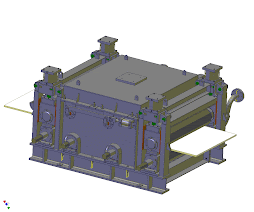
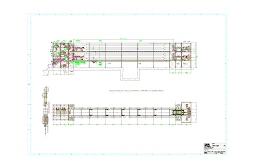
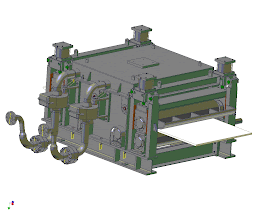
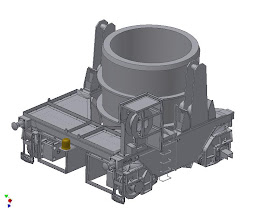
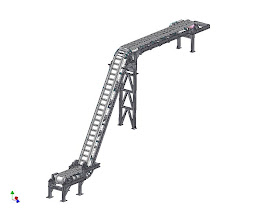
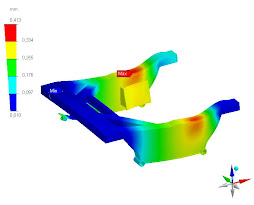
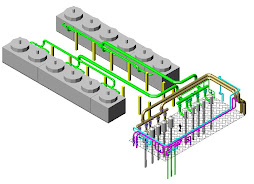


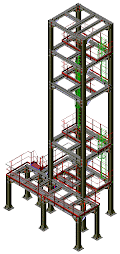
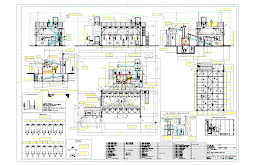
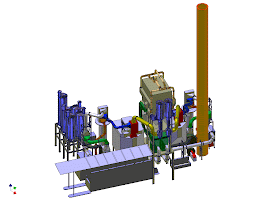
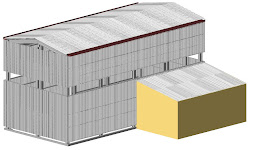
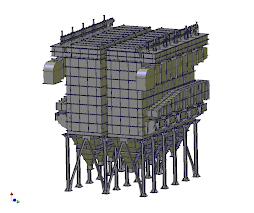
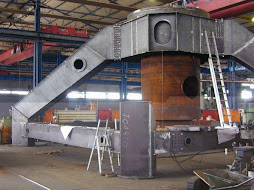

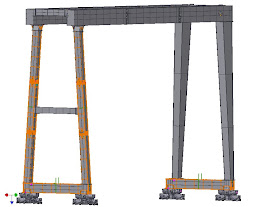
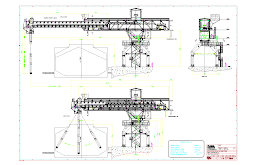

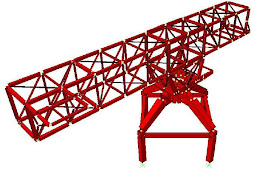

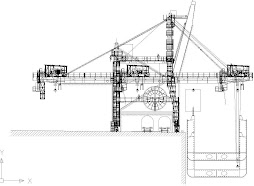
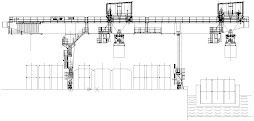
Nessun commento:
Posta un commento